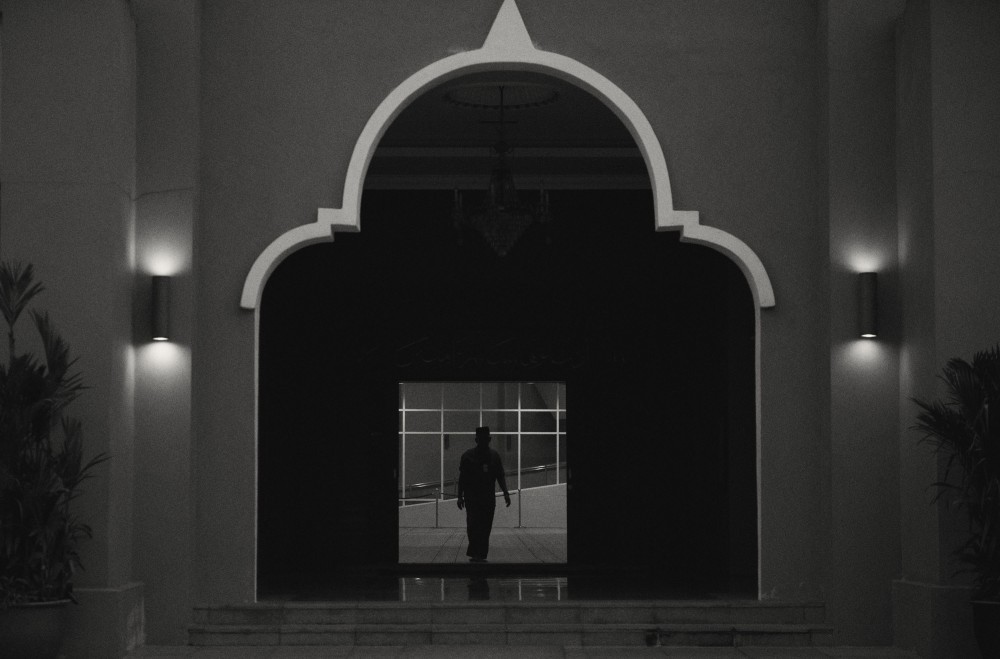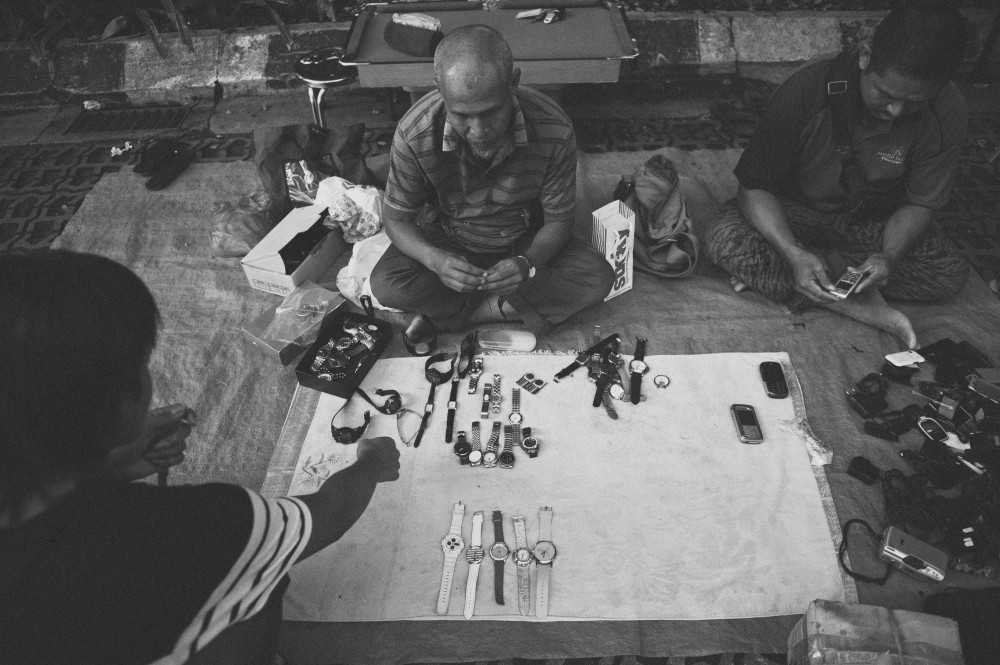After a week break, I once again wandered the streets of KL. Early yesterday I went around the Malays’ premier settlement in KL, the Kampung Baru. Kampung Baru, the only traditional village left in the city center, is well-known for its foods galore especially nasi lemak, i.e. Nasi Lemak Mak Wanjor and the once popular Nasi Lemak Antarabangsa as well as other equally good roadside stalls serving roti canai, lontong and local kuehs. Didn’t know what to expect, I strolled along the silent road. I first reach the newly reconstructed Masjid Jamek Kampung Baru where the early morning kuliah was still going on. Stayed in the mosque’s compound for a good few minutes before I went towards the Pintu Gerbang Kampung Baru. Several traders were seen setting up their stalls at the pasar karat which takes place every weekends. Most of them were selling pre-owned/bundle goods. So, here are the sevens.







This is Pak Anjang. He is from Ipoh and has been making a living in KL for more than 30 years. Pak Anjang previously worked in a private company where he later decided to work in the public sector. It did take long as after only 3 years he quit the government office as it did not match his personality. He decided to start his own business and became a stone and ring trader. There are a lot of asam garam in business he told. He once had a small shop in Masjid India, but the flooding of immigrants in that area is not doing any good to his business as they become a constant nuisance in the area. And being a “zikir” person, his fellow neighbours in Masjid India were not very happy too, as most of them practices black rituals. That was when he decided to move out and ply his trades in different places. He will mostly be in Kampung Baru for a couple of weeks and move around between Taman Melawati, Bangi and Sri Rampai during the other days. He only set up his stall 3 times a week. He sources most of the precious stones from Burma (Myanmar). The stones are priced from few ringgits to thousands or hundred thousands of ringgit. He kept most of his precious stones away as thieves are always on the lurk. And Pak Anjang believes that a right buyer will someday come for his most precious stones.
Just love it! The photos are gorgeous and your storytelling is the highlight of my week every time. Now that I don’t ask you anymore, but instead, I just wait for you to write it down.